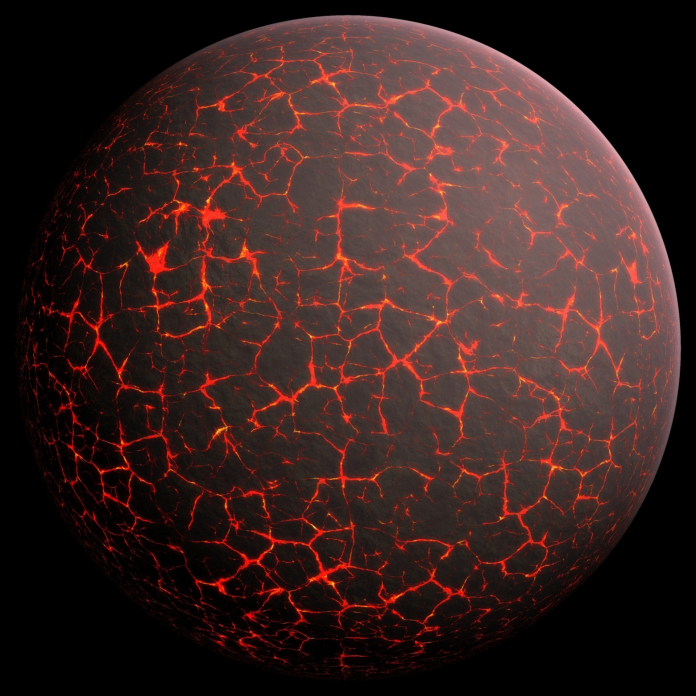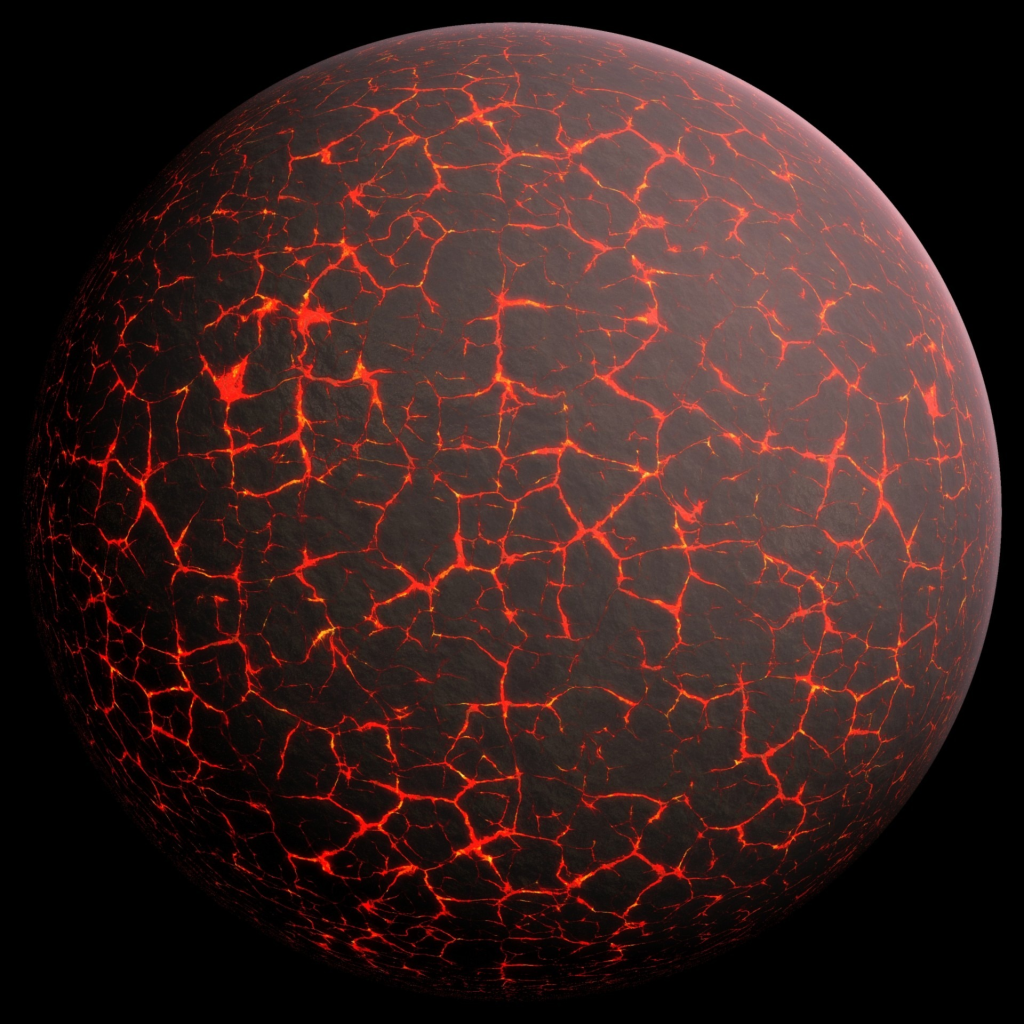
Ancient Earth was not today’s blue-and-green cradle but a world shrouded in hydrogen and methane, with hydrocarbon-colored skies that might have settled the seeds of biology in quiet. Researchers from the University of Tohoku, the University of Tokyo, and Hokkaido University have simulated this extraterrestrial climate according to a one-dimensional photochemical model, which demonstrates the way that ultraviolet light, paradoxically both destroyer and creator, had potentially driven the first synthesis of the molecular building blocks of life.

1. A Hostile But Fruitful Environment
Tohoku University’s Shungo Koyama describes the early planet as “a much more hostile place; rich in metallic iron with an atmosphere containing hydrogen and methane.” Such a diminished atmosphere, gained likely through reactions between accreting material and metallic iron, was positioning itself for photochemistry. Solar UV radiation interacting with methane and hydrogen might yield organics the building blocks of amino acids, nucleic acids, and sugars without so much chemistry tending to tip the balance toward destruction.
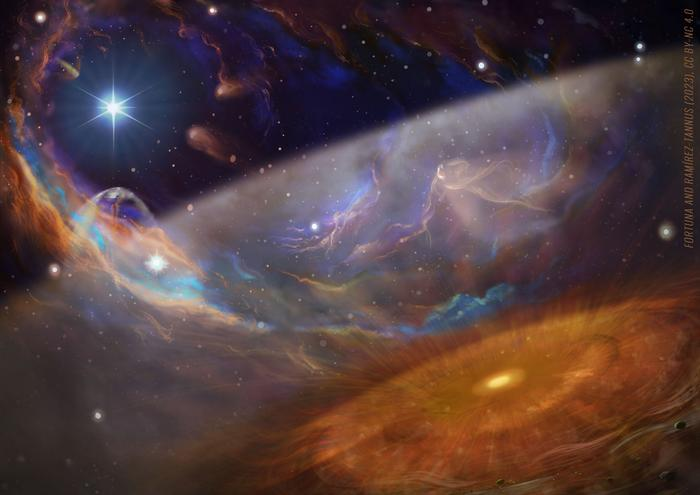
2. UV Radiation: Catalyst and Threat
Earth’s young Sun in Early Earth emitted a greater percentage of energy as UV radiation, with as low a wavelength as 204 nm striking the surface because the ozone layer had not yet formed. This radiation would drive cyanosulfidic nets to produce all four of the major types of biomolecules but also wrecked intermediates like 2-aminooxazole (AO), whose half-life in the early Earth UV was only approximately seven hours at dilute concentrations. Experiments under laboratory conditions show that self-shielding either by dense AO concentration or by simultaneously present nucleosides may extend lifetimes by factors of 2 to 25, allowing fragile intermediates to remain viable long enough for secondary reactions.

3. Methane-Derived Shielding
The photochemical model revealed that hydrocarbons such as acetylene (C₂H₂), generated from methane, absorbed UV energy extremely well at wavelengths having the ability to disassociate water vapor. This shielding reduced the creation of oxidative radicals, slowing the oxidation of methane and facilitating organic synthesis. Where methane richness was equal to the amount of carbon in present-day surface reservoirs on Earth, organic layers hundreds of meters thick could form in the oceans a literal “enriched soup” of prebiotic substances, as proposed by Tatsuya Yoshida.
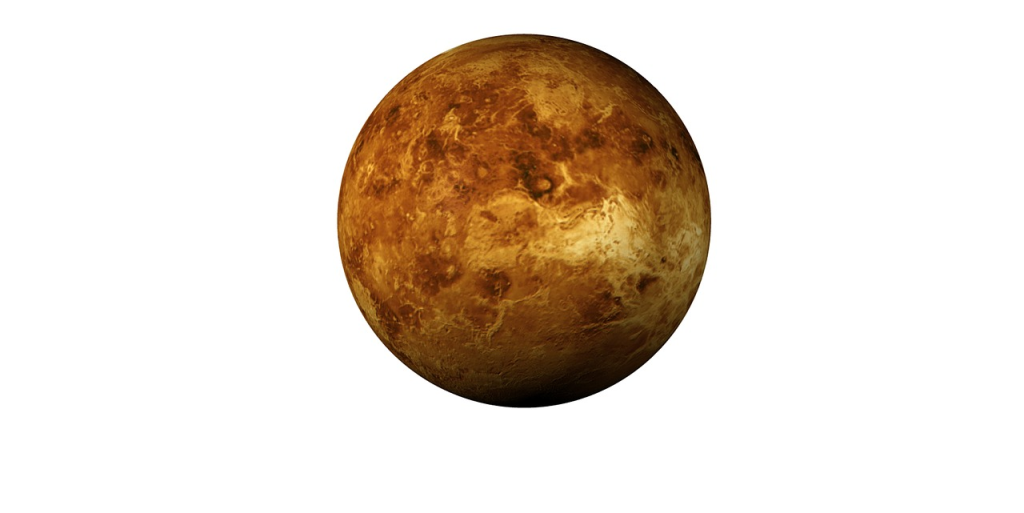
4. Evolutionary Analogues with Venus and Mars
Interestingly, the reconstructed ancient Earth atmosphere had characteristics in common with those of Venus and Mars, both of which possess CO₂-rich, UV-processed atmospheres. Earth’s history diverged, though, and produced a stable hydrosphere and biosphere. Understanding the chemical feedbacks such as UV shielding by hydrocarbons that drove Earth to habitability informs the search for exoplanetary conditions hospitable to life.

5. Prebiotic Chemistry Pathways
There could be multiple synthetic pathways in such a setting. Formaldehyde from methane photolysis could provide the formose reaction, yielding glycolaldehyde and glyceraldehyde crucial sugar precursors. Cyanamide, in combination with glycolaldehyde, might yield AO, which then condenses with glyceraldehyde to form ribose aminooxazoline, a precursor of pyrimidine ribonucleosides. UV protectants in the atmosphere would control which processes proceeded effectively and what intermediates persisted long enough to interact.

6. Laboratory Constraints on UV Penetration
Molar decadic extinction coefficients in measurements of feedstock molecules show that adenine is among the strongest UV-absorbing compounds, reducing scalar irradiance by nearly 17% in 1 mM solutions. Cyanamide and AO also reduce UV penetration below 220 nm. In concentrated prebiotic mixtures such as 11.1 M HCN or neat formamide, UV photons at significant synthetic wavelengths can be absorbed in millimeters and affect the depth and location of available photochemistry.

7. Hydrocarbon Accumulation and Atmospheric Lifetimes
The model proposes that as hydrogen was lost to space over timescales of tens to hundred million years, methane increasingly dominated. CH₄ reformation reactions stabilized methane, and UV shielding by C₂ and C₃ hydrocarbons allowed polymerization into heavier hydrocarbons. The mechanisms could persist for ~300 Myr, accreting up to 10 bar-equivalent masses of complex hydrocarbons potentially forming global oil slicks, which, after hydrolysis, produced amino acids and nucleobases.
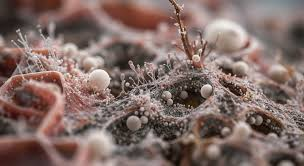
Image Credit to sustainability-directory.com
8. Implications for Exoplanetary Life Detection
By establishing the relation between atmospheric composition, UV flux, and rates of organic synthesis, the study offers an assessment basis for habitability off the planet Earth. Planets with methane-rich hydrogen-bearing atmospheres and efficient UV shields might maintain sustained periods of organic synthesis even with high stellar UV. In opposition, CO₂-rich atmospheres without such shielding might propel chemistry into oxidation, as on Mars.
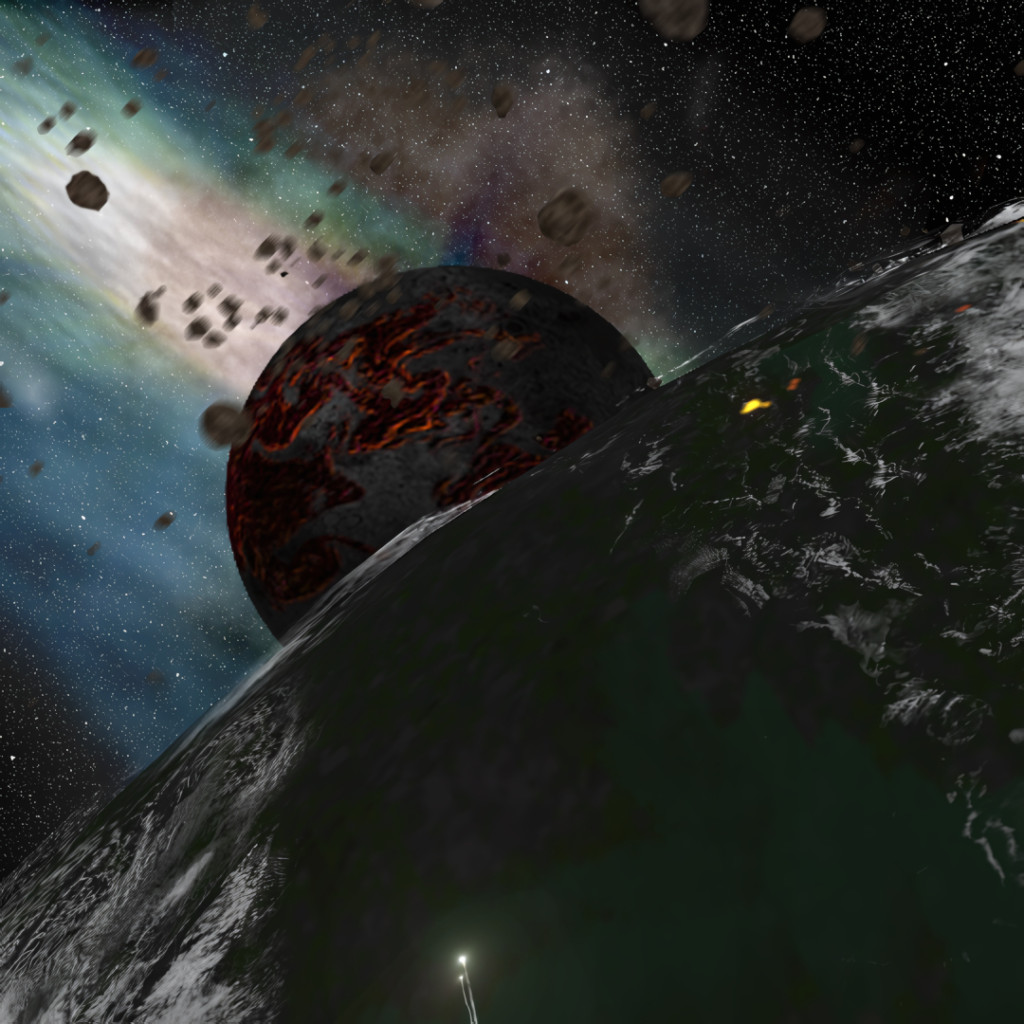
The cycling of atmospheric chemistry, UV radiation, and organic synthesis on early Earth was not a linear reaction but a dynamic feedback process. Photochemically generated hydrocarbon shielding is a vital mechanism one that shielded volatile intermediates but also amplified prebiotic molecule yields, possibly tipping the balance to life.
